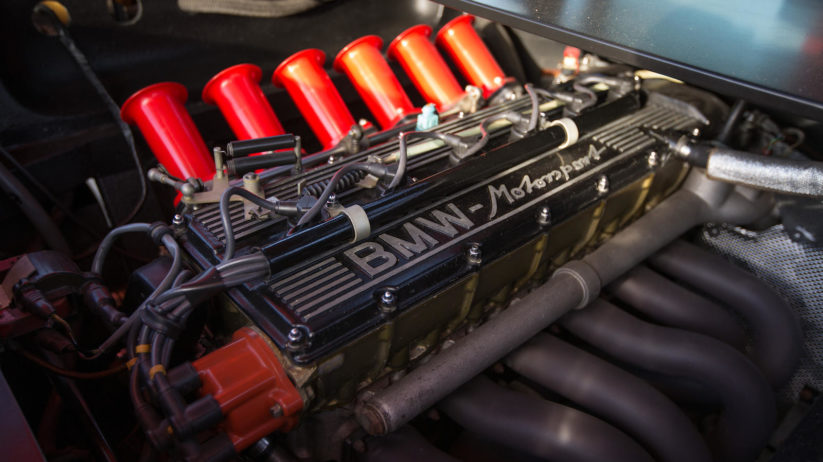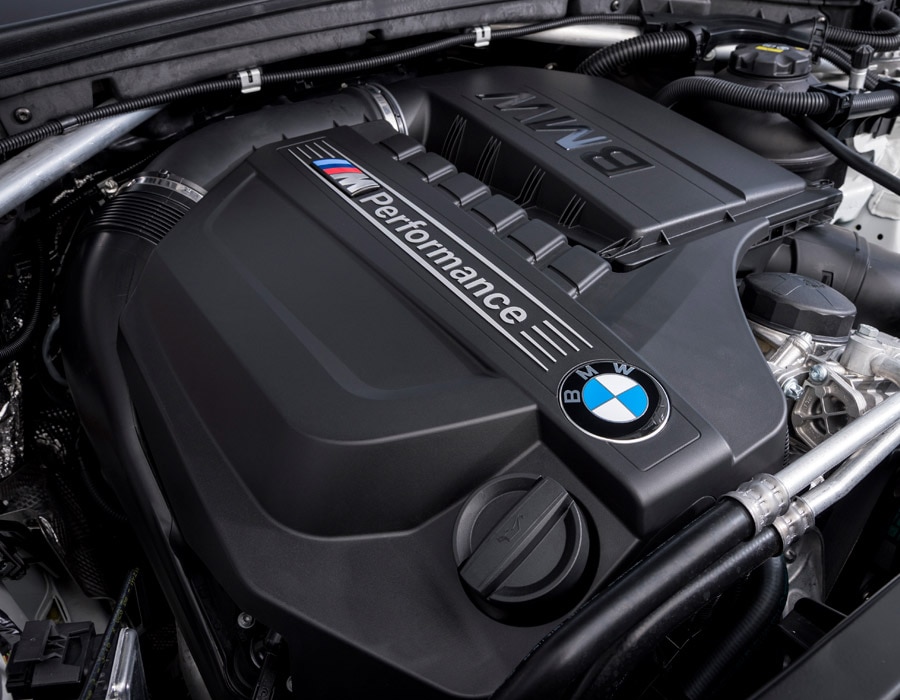The Evolution of the BMW Engine: A Look Back at Iconic Models
Wiki Article
Exploring the Development of Combustion Engines in Modern Transportation Solutions
As we navigate the landscape of modern transport, the development of combustion engines stands as a testimony to human resourcefulness and engineering expertise. The interplay of history, modern technology, and environmental concerns in forming the trajectory of combustion engines creates a story that is both informative and compelling.Very Early Beginnings of Combustion Engines
Exactly how did the concept of burning engines first arise in the beginning of transport development? The origins of combustion engines can be mapped back to the 17th century when the principles of inner combustion were first discovered. In 1673, Christian Huygens conceptualized a standard internal burning engine that used gunpowder to create power. However, it had not been until the late 19th century that sensible applications of combustion engines in transport began to emerge.The advancement minute included the invention of the first effective gasoline-powered engine by Karl Benz in 1885 - bmw engine. This engine led the way for the growth of the contemporary automobile, changing transportation systems worldwide. Succeeding developments by Nikolaus Otto and Gottlieb Daimler better refined burning engine modern technology, resulting in the automation of autos and the rapid expansion of the transportation market
These early combustion engines were defined by their simplicity and effectiveness, laying the foundation for the complicated and powerful engines used in modern transportation systems. The evolution of burning engines has actually been crucial in forming the means we take a trip and deliver products, marking a significant milestone in the history of transport growth.
Change to Internal Combustion Technology
The change to interior combustion technology noted an essential shift in the evolution of transport systems. This change began in the late 19th century, with inventors like Nikolaus Otto and Gottlieb Daimler creating the initial successful internal burning engines. These engines transformed transportation by supplying a more powerful and reliable option to steam engines and electrical motors.One of the vital advantages of internal burning engines was their ability to be reduced to match vehicles, bring about the advancement of autos and motorbikes. This shift from cumbersome, stationary engines to portable, mobile ones paved the means for the modern transport systems we see today.
The transition to inner combustion modern technology also stimulated advancements in gas technology, causing the development of gas and diesel as key fuel resources for vehicles. This shift not just made transportation a lot more accessible to the masses however also laid the foundation for the oil and gas sector to become essential to international economic climates.
Effect of Combustion Engines on Transportation
The adoption of combustion engines in transport systems militarized a profound shift in the performance and rate of global wheelchair. Burning engines revolutionized transportation by supplying a reliable and flexible source of power for various cars, consisting of cars, trucks, planes, and great site ships. This development substantially boosted the ability for individuals and items to move over fars away in much shorter amount of time, leading to enhanced connectivity between regions and countries.In addition, the extensive use burning engines has had a substantial effect on economic advancement. The capacity to move products efficiently has spurred trade and business, allowing companies to increase their markets and reach consumers worldwide. This has helped with economic growth and globalization, as the original source items can currently be delivered quicker and in larger quantities than in the past.
Nonetheless, the ecological effect of combustion engines can not be overlooked. The burning of nonrenewable fuel sources has led to air contamination and greenhouse gas discharges, adding to environment adjustment and positioning health threats to populaces. bmw engine. Because of this, there is an expanding focus on developing different propulsion innovations to reduce these negative impacts and create an extra lasting future for transportation
Technologies in Combustion Engine Layout
One significant advancement is the advancement of turbocharged engines, which make use of exhaust gases to drive a wind turbine that compresses incoming air, allowing for more fuel to be burnt, resulting in increased power result without a substantial rise in engine dimension. Variable shutoff timing systems have also revolutionized engine design by optimizing air movement at various engine speeds, enhancing both power and efficiency. These technologies jointly add to the constant enhancement of burning engines in modern transportation systems.Future Trends in Combustion Engine Growth
With technology improvements driving continuous advancement, the future of burning engine advancement is positioned to revolutionize transportation systems around the world. One of the essential fads in burning engine development is the press in the direction of greater effectiveness and lowered emissions.One more noticeable trend is the adoption of crossbreed modern technologies in combustion engines. Hybrid engines integrate typical combustion innovation with electric power, supplying boosted gas performance and lower emissions. As the auto industry shifts towards electrification, crossbreed burning engines are viewed as a transitional remedy that bridges the gap between traditional automobiles and totally electrical ones.
Additionally, the assimilation of clever technologies, such as synthetic intelligence and data analytics, is expected to play a considerable function in the future of combustion engine advancement. These innovations can enhance engine performance in real-time, causing a lot more effective combustion processes and enhanced overall car performance. Embracing these future trends will certainly not just drive advancement in burning engine advancement however also add to a more ecologically friendly and sustainable transport ecological community.

Final Thought
In final thought, the evolution of combustion engines in modern-day transportation systems has been noted by substantial innovations read this in innovation and design. From the very early beginnings of burning engines to the shift to internal burning innovation, these engines have actually had an extensive impact on transport.The roots of burning engines can be traced back to the 17th century when the principles of internal combustion were very first explored. These engines reinvented transport by offering a more powerful and effective alternative to steam engines and electric motors.

Report this wiki page